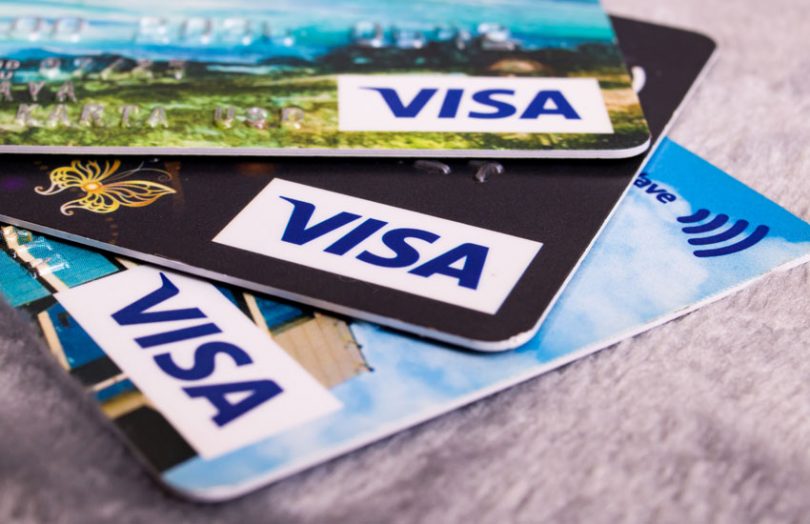During yesterday’s Q2 2021 earnings call, Al Kelly, Visa‘s CEO answered an analyst’s question about cryptocurrencies, stablecoins and cross border transactions.
Kelly said, “this is space that we are leaning into in a very, very big way, and I think (we) are extremely well positioned.”
He went on to outline five activity areas:
- enabling people to use Visa cards to buy cryptocurrencies
- enabling investors to cash out their cryptocurrencies to a Visa card
- providing APIs so financial institutions can offer cryptocurrencies to their clients
- stablecoin settlement, treating blockchain as another payment rail
- supporting central bank digital currency payments.
During the January round of earnings calls we compared the approaches of Visa, Mastercard and PayPal.
A transcript of Al Kelly’s comments
“So first of all, there’s two market segments as we see it. One is are the Bitcoin, the kind of – which are primarily assets held by people. They’re not used much in the form of payments. We kind of think of them as the digital gold. And then there are digital currencies including Central Bank digital currencies and Stablecoins that are directly backed by existing fiat currencies, and they’re definitely emerging as a payment option, and they’re running on public blockchain, which is really in essence an additional network much like an RTP or HTH might be.”
“So our focus is on five different opportunities that we see in this space, and I would say that this is space that we are leaning into in a very, very big way, and I think are extremely well positioned.”
“The first opportunity is really at the core of what we do which is enabling consumers to make a purchase of these currencies or Bitcoin and we’re working hard with wallets and exchanges to just make sure we’re facilitating acceptance and people’s ability to use their Visa cards to buy. And Vasant referenced that in his remarks that we saw some increase, some of the volume came from people making these purchases on Visa cards.”
“Secondly, the second opportunity is enabling digital currency cash-outs to fiat. So converting a digital currency to a fiat on a Visa credential, which then makes that – those funds available for shopping at any one of the 70 million Visa merchants and gives immediate utility to the digital currency. And we’re the clear leader here. We’ve got over 35 digital currency platforms and wallets that have chosen to work with us. Coinbase, Crypto.com, BlockFi, Fold, Bitpanda, are just some examples. And so that’s certainly a second big opportunity. “
“Thirdly, is enabling financial institutions and fintech partners to be able to have a crypto option for their customers. So what we’ve done in this space is we created APIs that enable financial institution customers to purchase custody or even trade digital currencies held by Anchorage, which is the first federally chartered digital asset bank in the US, and we’ve done our first rollout with First Boulevard, which is a digital neo bank focused on building generational wealth for the Black community. So that’s the third opportunity, just helping FIs and fintechs have this crypto option for their customers.”
“The fourth one is settlement, which you started to reference. We’ve upgraded our infrastructure to allow a financial institution to settle with Visa in a digital currency with Stablecoins starting with USDC. As I think you know, today we transact in 160 currencies every day and we settle every evening in 25 currencies. So we’re going to now be able to support digital currency as an additional settlement currency on our network, and on our end, we’re going to – settling in USDC is pretty similar to settling in US dollars but the mechanics of receiving these funds is a bit different and requires some integration work with several crypto custodian like players like Anchorage.”
“And then the fifth area of opportunity is just working with Central Banks. Central Bank digital currency is being explored in many nations and I think it could end up being proved to be quite valuable in countries where the infrastructure to distribute cash is either unavailable or limited, and it’s one of the factors that hinders these 1.7 billion people I referred to in my remarks that are outside the financial mainstream from being in the financial mainstream.”
“So we’re talking to Central Banks about the criticality though of public/private partnership and in particular the criticality of acceptance because for these federal bank digital currencies to have value, they’re going to have to both be secure in the minds of consumers and that’s something we have a long track record with and could help, and then secondly obviously they have to have some form of utility.”






